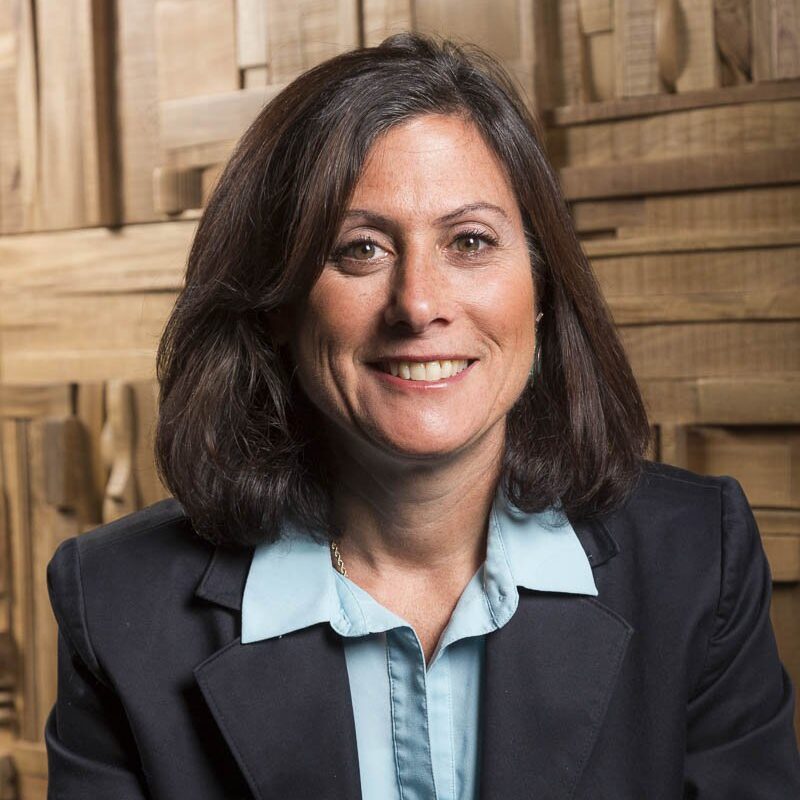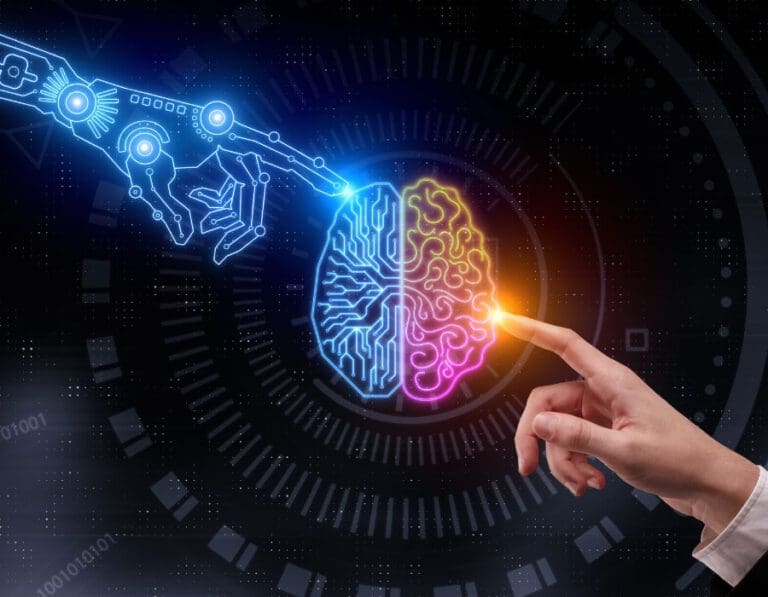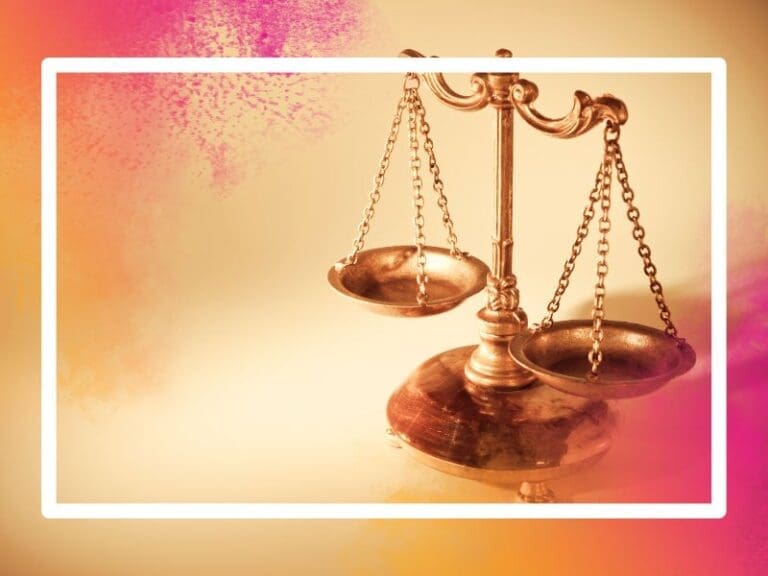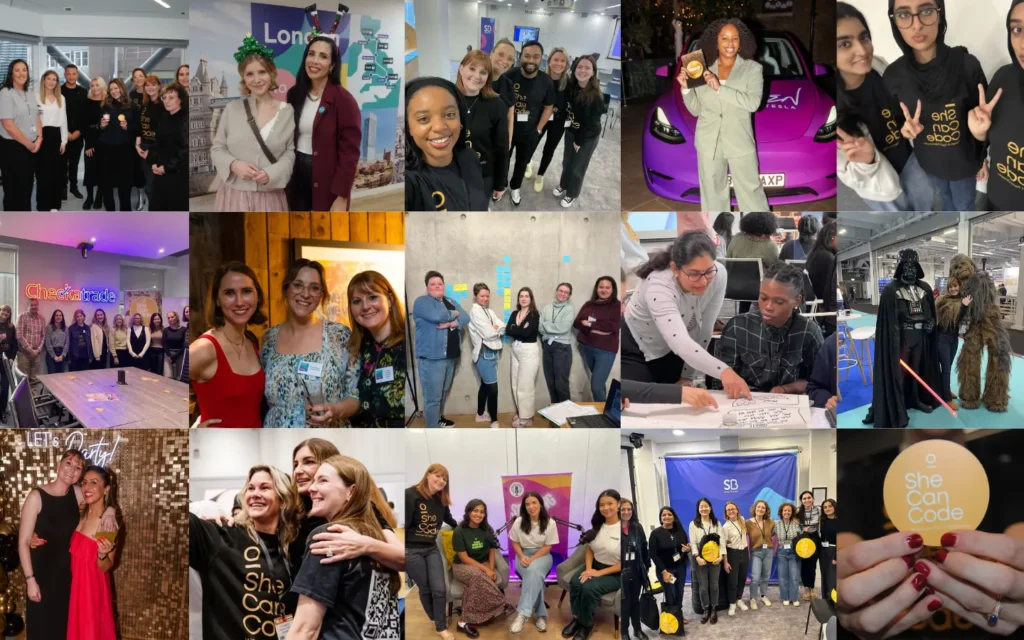50 PERCENT OF OUR POPULATION IS FEMALE.
In spite of that, women make up just 39 percent of the global workforce, and only 19 percent work in the field of technology.
Tim Cook, chief executive of Apple gave his thoughts on the inclusion of women in tech saying “I think the essence of technology and its effect on humanity depends upon women being at the table” he continued by stating that there were “no good excuses” for the tech sector not to employ more women.
One of the leading areas of investment in technology innovation today is Artificial intelligence (AI). And it too has a gender disparity. The World Economic Forum states that only 22 percent of AI Professionals globally are women. This imbalance is a concern for the future of the technology.

In this piece, Gavriella Schuster, chairwoman of the advisory board, Artificial Solutions, confronts the gender bias in AI head on.
DATA BIAS
The goal of AI is to simulate the human experience and abilities through technology. To do this effectively, it must be designed to reflect all of humanity by default. AI systems learn how to make decisions using data with which they are trained and coded. This data is not free from contamination by the humans responsible for its creation. Data tainted with implicit biases can unconsciously reflect social inequalities experienced by humans, such as race, and gender bias. It is unequivocal that if women are not adequately represented in the development of AI algorithms, building the context of conversational AI and testing the use cases, the male experience will become the default. Ensuring gender balance throughout the research and development of the emerging capability is critical for its existence.
RECOGNITION OF MERIT
The way that women are taught the subject of AI in academia contributes to the low numbers of women working in the field. By not highlighting use cases that typically appeal to their demographic, academia has failed to attract women to the profession. A focus on collaboration, human interaction, and social justice issues, instead, would lead to more female involvement in the vocation.
Moving beyond engaging with the subject, it is vital that women’s merits are continuously recognised. There is an unconscious bias that persists towards women that often results in their voices being drowned out.
Women are interrupted when speaking four times more frequently than their male counterparts, which reinforces a ‘hero mentality’.
This attitude must be overcome to build an environment of inclusion that appreciates greater diversity.
THE POWER OF ALLYSHIP
Clearly, the industry has to make a coordinated effort to recruit more women into AI, and recognise and reward their contribution to the field. It needs to promote allyship as a means of creating a more welcoming culture that encourages women to bring their whole selves and best ideas into the industry.
Most men want to be allies to fellow female professionals.
Yet, they may not fully understand the micro-aggressions women experience day to day.
For example, few will have noticed than their female colleague has been interrupted more often than her male colleagues, or that something she presents in a meeting will be repeated by a man who will ultimately receive the credit. In this context, an ally would be someone who helps raise the voices of women when they’re interrupted or ignored.
A strong culture in a working environment that is productive, and supportive of diverse talent is built upon a network of allies. Artificial Solutions’ AiAllies initiative, for example, exists to help create such a network for women to learn, and connect with others in the field of AI. For someone to be an ally to a colleague who will benefit from personal and professional support, they must recognise that they themselves experience privilege and a degree of power within an organisation. And they must be willing to confer that power to those who do not share those same privileges. In this context, and ally is someone who shares their power.
WIDENING REACH
An organisation’s pipeline – the number of CVs it is receiving – will often depend on who exists within their employees’ network. The recruiters must expand their circles and take intentional steps to build connections with people outside of their current network; people from different backgrounds or with different histories. Widening the reach of their network will greatly increase the diversity of the organisation’s pipeline and, in turn, the face of its workforce.
It is beneficial for women in AI - as in any industry – to feel supported by a network of allies to help them feel secure in their career and workplace.
They need to be shown that they are not alone in their struggles, and that their experience of being interrupted, overlooked or dismissed is valid – and not all in their head!
With the potential for bias in the data that is used to train AI systems, it is especially urgent to confront gender imbalance in the AI industry right now. Thinking back to Tim Cook’s remarks – there is just no excuse for women to not be at the table. That’s why it is time for employers to not only focus on recruiting more women, but on building an inclusive environment that appreciates greater diversity and allows all to thrive.








